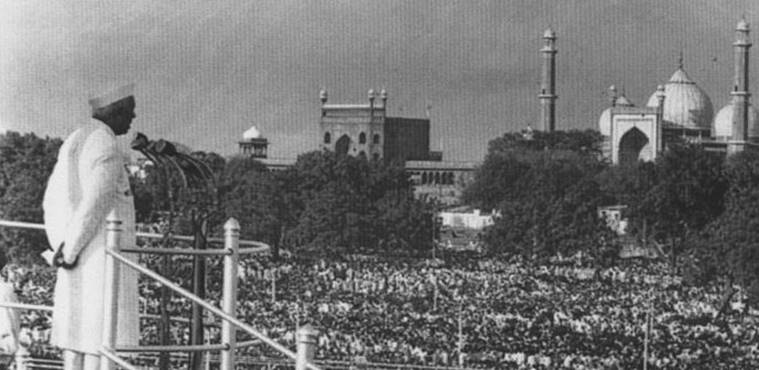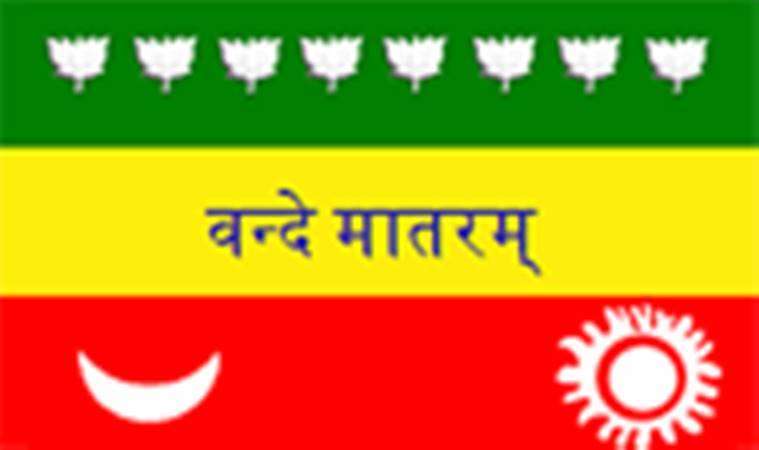THE UNTOLD STORY OF INDIA GOT INDEPENDENCE AND THE FINAL DESIGN OF THE INDIAN NATIONAL FLAG, HOISTED BY PM NEHRU ON AUGUST 16, 1947 AT RED FORT
 |
| INDIAN FLAG |
Long years ago, we made a tryst with destiny and now that time comes when we shall redeem our pledge not wholly or in full measure but very substantially at the stroke of the midnight hour.
When the world sleeps India will awake to life and freedom 15 August 1947 midnight India awakes to a new life of freedom but two centuries of colonial rule had decayed India from the Dell leaving the country within the poverty and hunger the founding fathers set out the wipe every tear from every eye.
They needed a pollster that single focal point to make India modern and progressive something that captured the uniqueness of the chaotic but eternally hopeful nation a bright light to illuminate the dark storm flashing the horizon of the future.
The 1920s was an uncertain period for the Indian national movement and then came the Chauri Chaura answer it.
MAHATMA had suspended the non-cooperation movement third February 1928.
The Simon Commission arrives to the view the Act of 1919 and was met with widespread protests as it had no Indian representation the British in their arrogance proclaimed that Indians were incapable of self-rule and deciding for themselves Lord Birkenhead the Secretary of State in response to the Indians reactions laid down a challenge at the House of Lords.
The founding fathers rose to the occasion and all party conference was convened in February and May 1928 led by Nehru the committee drafted the Nehru report in September 1929 demanded self-government under Dominion status within the empire but Qaeda Azam Muhammad Ali Jinnah rejected the report stating that from then on Hindu and Muslim parts but different he further countered the report with his infamous 14 points in March 1929.
Meanwhile the annual session of the iron see was held in Lahore in 1929 under the presidency of Jawaharlal Nehru they voted for the historic resolution of complete independence and declared the last Sunday of January 1930 as Independence Day .

The resolution gave the British Parliament the ultimatum that if they accepted the report by 31st December 1929 Congress would adopt it as it is if not they would insist on complete independence
In december 31st 1929, The iron ceased all was gather around Bobby the British have paid no heed to the ultimatum and thus the Swaraj flag is proudly unfurled.
The freedom fighters were prepared for the fight it was an event so monumental it would change the course of history itself elections were held in 1937 I&C came into power and foreign ministries in almost all provinces for the first time under British rule Indians could become directly associated with the government.
The dream of Indians holding the power of the government and serving the masses have become a reality but the chair didn't last long world war two was initiated Congress ministries resigned in 1939 protesting them that goes decision to involve India in the war without consulting the Indians multiple attempts of involving India in World War two filled with its end the decline of the British Empire became inevitable.
Mutiny among the naval rankings and the air force was the final nail in the coffin the Cabinet Mission Plan arrived in 1946 to try and reach a settlement acceptable to all major stakeholders.
 |
| Lord Mountbatten at the declaration of Indian Independence, 15 August 1947 at midnight. Photo: Universal History Archive/ UIG via Getty Image |
The plan became the foundation for the establishment of the Constituent Assembly for a total of two years 11 months and 18 days over eleven sessions and sitting for 166 days.
The Assembly debated and discussed the various challenges faced in the new nation the ideas of liberty equality fraternity and justice were embedded deep into our constitution on 26 January 1950.
The Constitution was enforced in its entirety it is the foundation of free India which we have become so accustomed to it is our duty as citizens to know it understand it nurture it and defend it it is our duty to remember so that we can build the India of our dreams
 |
| Nehru addresses the crowd at Red Fort in August 1947. |
HOW INDIA SELECT ITS FLAG:
 |
| The first national flag of India is said to have been hoisted on August 7, 1906, in Kolkata (Photo: knowindia.gov.in) |
JAI HOHAPPY INDEPENDENT DAY

ConversionConversion EmoticonEmoticon